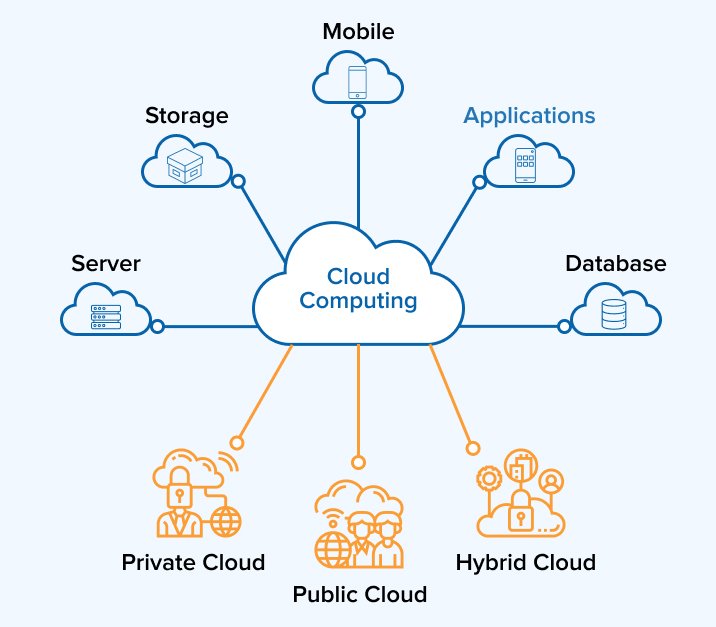Cloud computing has become the backbone of modern IT infrastructure, offering unparalleled flexibility, scalability, and cost-efficiency. It’s a transformative technology that allows businesses and individuals to access computing resources over the internet, without the need for direct active management by users. But what exactly is cloud computing, and how has it evolved over time?
What is Cloud Computing?
At its core, cloud computing is the delivery of various services through the internet, including data storage, servers, databases, networking, and software. This innovation allows users to forego the physical aspects of computing, such as personal data storage and direct application hosting.
The Evolution of Cloud Technology
The journey of cloud computing began as a concept in the 1960s and has since evolved into an essential component of the digital era. It’s development was driven by the need for efficient computing resources and the advent of the internet, culminating in today’s sophisticated cloud services.
Cost Efficiency
One of the most compelling benefits of cloud computing is its ability to reduce IT infrastructure costs. By utilizing cloud services, businesses can avoid the capital expense of buying hardware and software.
Scalability and Flexibility
Cloud services provide the flexibility to scale resources up or down as needed, making it easier for businesses to adjust to demand without overcommitting resources.
Infrastructure as a Service (IaaS)
IaaS provides basic computing infrastructure: servers, storage, and networking resources on a pay-as-you-go basis.
Platform as a Service (PaaS)
PaaS offers an environment for developers to build, test, and deploy applications without worrying about underlying infrastructure.
Software as a Service (SaaS)
SaaS delivers software applications over the internet, on a subscription basis, eliminating the need for installations and maintenance.
Cloud Deployment Types
The deployment model you choose depends on your specific needs, including the level of control, security, and scalability required.
Public Cloud
Public clouds are owned and operated by third-party cloud service providers, offering high scalability and cost-effectiveness.
Private Cloud
A private cloud is used exclusively by a single organization, offering greater control and security.
Hybrid Cloud
Hybrid clouds combine public and private clouds, allowing data and applications to be shared between them for greater flexibility and optimization.
Cloud Computing in Action
Cloud computing is not just a theoretical concept but a practical solution applied across industries.
Real-World Applications
From streaming services to online data backup, cloud computing’s supports a wide range of applications that have become integral to our daily lives.
Case Studies: Success Stories
Many organizations, from startups to global corporations, have leveraged cloud computing’s to drive innovation, reduce costs, and improve efficiency.
Security and Privacy in Cloud Computing’s
While cloud computing offers numerous benefits, it also presents challenges in terms of data security and privacy.
Protecting Data in the Cloud
Cloud providers implement stringent security measures, but understanding and adhering to best practices is essential for safeguarding data.
Compliance and Regulatory Considerations
Navigating the complex landscape of regulatory compliance is crucial for businesses operating in the cloud.
Navigating Connectivity Issues
Ensuring stable and secure internet connectivity is vital for cloud computing’s to function effectively.
The Future of Cloud Computing
As technology continues to advance, the future of cloud computing’s looks promising, with new trends and innovations on the horizon.
Emerging Trends and Technologies
From edge computing to serverless architectures, the cloud computing’s landscape is constantly evolving.
The Role of AI and Machine Learning in Cloud Computing
AI and machine learning are set to play a significant role in the future of cloud computing’s, enhancing efficiency and driving innovation.
Conclusion
Cloud computing’s has fundamentally changed the way we think about IT infrastructure and software development. Its benefits, from cost savings to scalability and security, make it an indispensable tool for businesses and individuals alike. As we look to the future, the continued evolution of cloud technology promises even greater efficiencies and innovations. Embracing cloud computing’s is not just about keeping up with the times; it’s about unlocking the potential for growth and innovation in an increasingly digital world.

